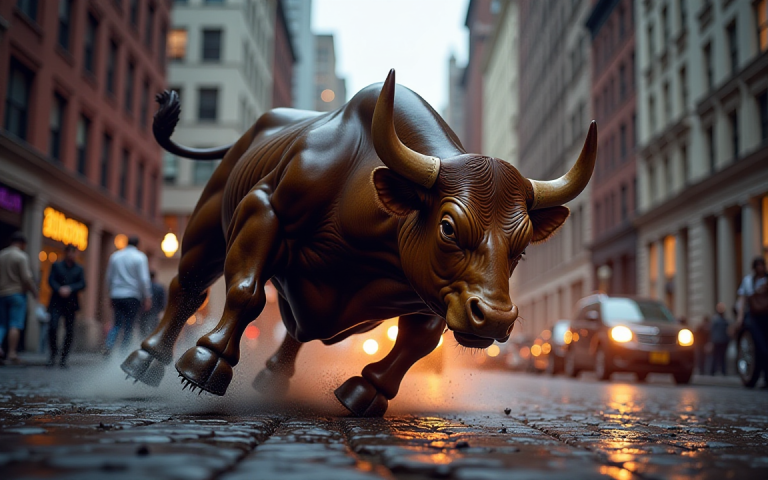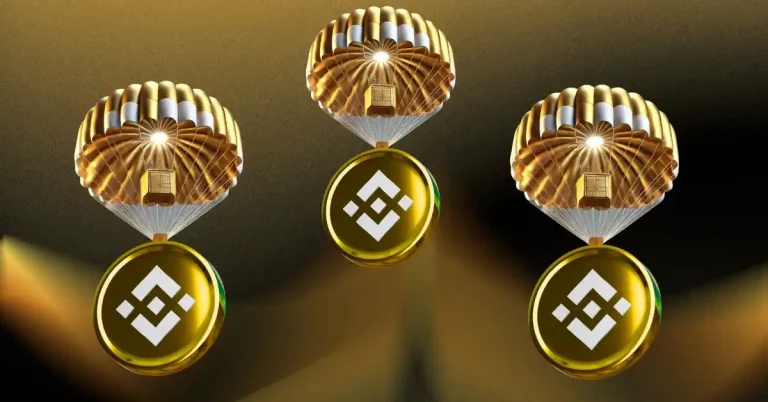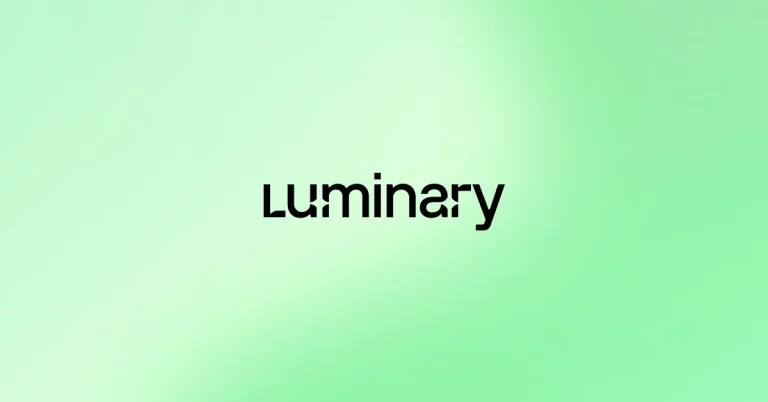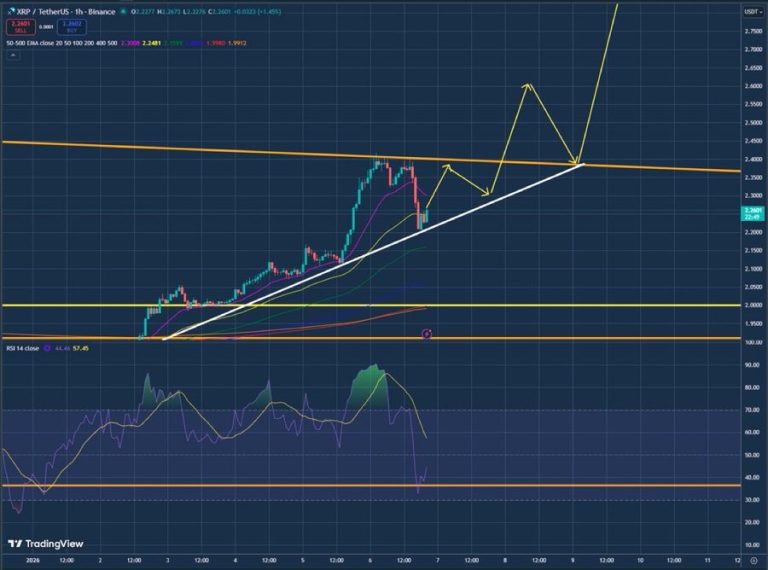
Exploring the Future: Virtual Reality Art Installations
Takeaways: Virtual reality (VR) art installations are redefining the way we experience art. This article delves into the concept of VR in art, highlights key examples and artists, and discusses the implications for the future of creativity and audience engagement.
Virtual reality has emerged as a groundbreaking medium that transforms how we perceive and interact with art. Unlike traditional installations that confine the viewer to a physical space, VR art installations transport audiences to immersive worlds that push the boundaries of creativity. Artists are harnessing this technology to create experiences that not only engage the senses but also provoke thought and reflection.
The Evolution of Art: From Traditional to Virtual Reality
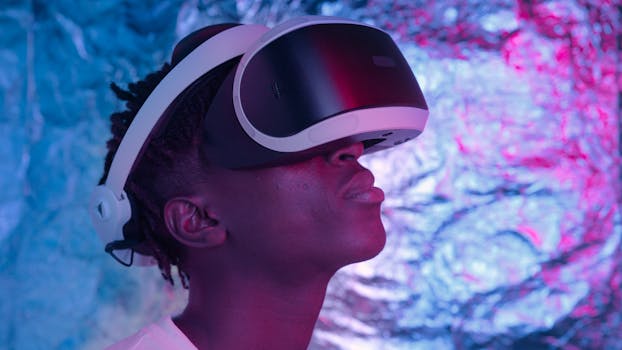
Early VR experiences were primarily focused on gaming and entertainment, but artists began to recognize its potential for storytelling and expression. Artists like Marina Abramović and Olafur Eliasson have embraced VR to explore themes of presence, perception, and the human experience. Abramović’s VR piece, “The Life,” allows viewers to step into a virtual embodiment of her performance art, creating a deeply personal connection between the audience and the artist.
Moreover, VR installations break down the barriers of traditional gallery spaces. Viewers can explore artworks from different angles, interact with elements in real-time, and even influence the outcome of the experience. This interactivity creates a sense of agency for the audience, transforming passive viewers into active participants in the artistic process.
Noteworthy Virtual Reality Art Installations
Several VR art installations have garnered attention for their innovative use of technology and compelling narratives. One standout example is “Tree,” an installation by the artist and researcher, Jonathan Hagard. In “Tree,” participants are guided through a virtual forest where they can interact with the flora and fauna, immersing themselves in a narrative that highlights environmental issues. The use of VR not only captivates the audience but also raises awareness about climate change and conservation.
Another remarkable installation is “The Night Cafe” by creator Tender Claws, which reimagines Vincent van Gogh’s famous painting into a 3D virtual environment. Visitors can walk through the café, interact with objects, and experience the art as if they were part of it. This installation showcases how VR can breathe new life into classical works, inviting younger audiences to engage with historical art in a modern context.
Additionally, VR art installations are not limited to visual experiences. Projects like “The Machine to Be Another” allow participants to embody another person’s perspective, fostering empathy and understanding. This installation challenges viewers to step into the shoes of others, blurring the lines between self and other, which is a profound exploration of human connection.
The Future of Virtual Reality in Art

The potential for VR art installations extends beyond galleries and museums. Educational institutions are beginning to integrate VR into their curriculums, allowing students to explore art history and theory through immersive experiences. This approach not only enriches learning but also prepares future artists to embrace technology as a fundamental part of their creative practice.
Moreover, the COVID-19 pandemic has accelerated the shift towards virtual experiences, as physical distancing measures prompted many institutions to turn to online platforms. Virtual reality offers a unique solution, enabling audiences to experience art from the comfort of their own homes while still feeling connected to the artistic community.
Conclusion
Virtual reality art installations are at the forefront of a new artistic movement, blending creativity with cutting-edge technology. They invite us to explore new dimensions of art, encouraging interaction and engagement in ways previously unimaginable. As we look to the future, the role of VR in art will undoubtedly continue to expand, challenging our perceptions and enriching our cultural landscape. Embracing this technology is not just about innovation; it’s about rethinking how we experience and understand art in a rapidly changing world.

